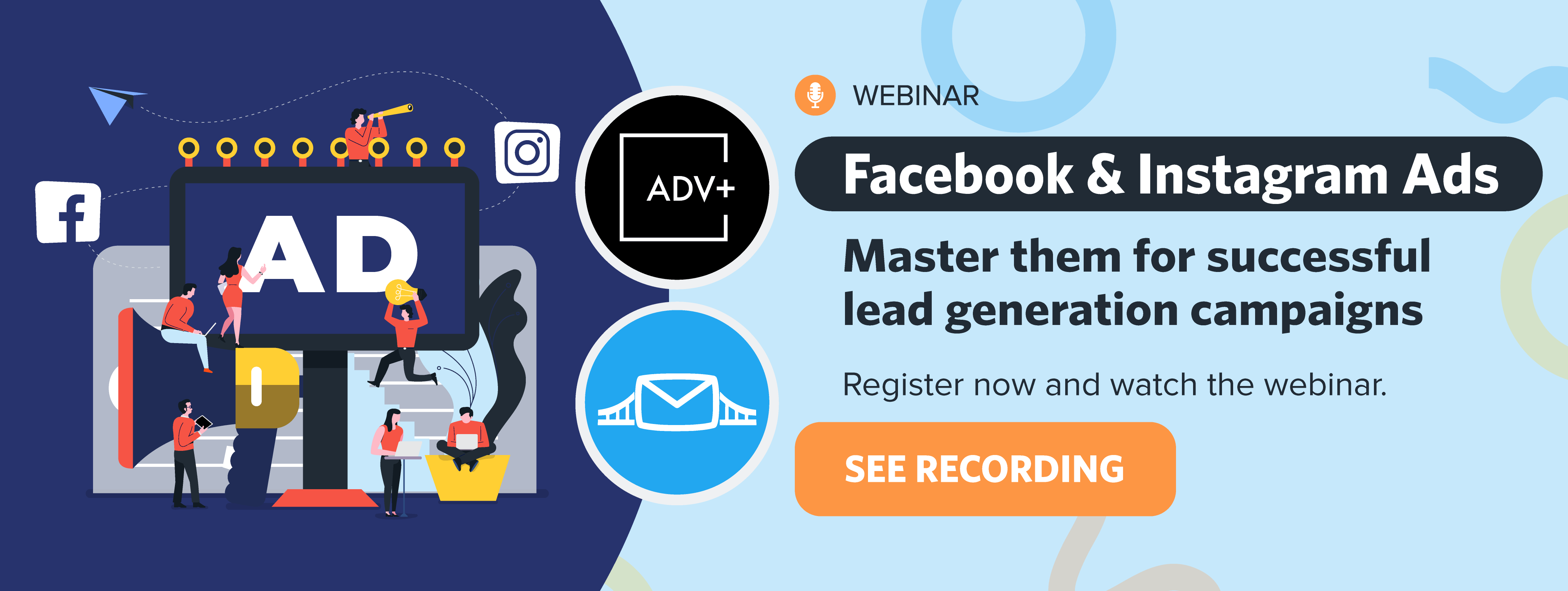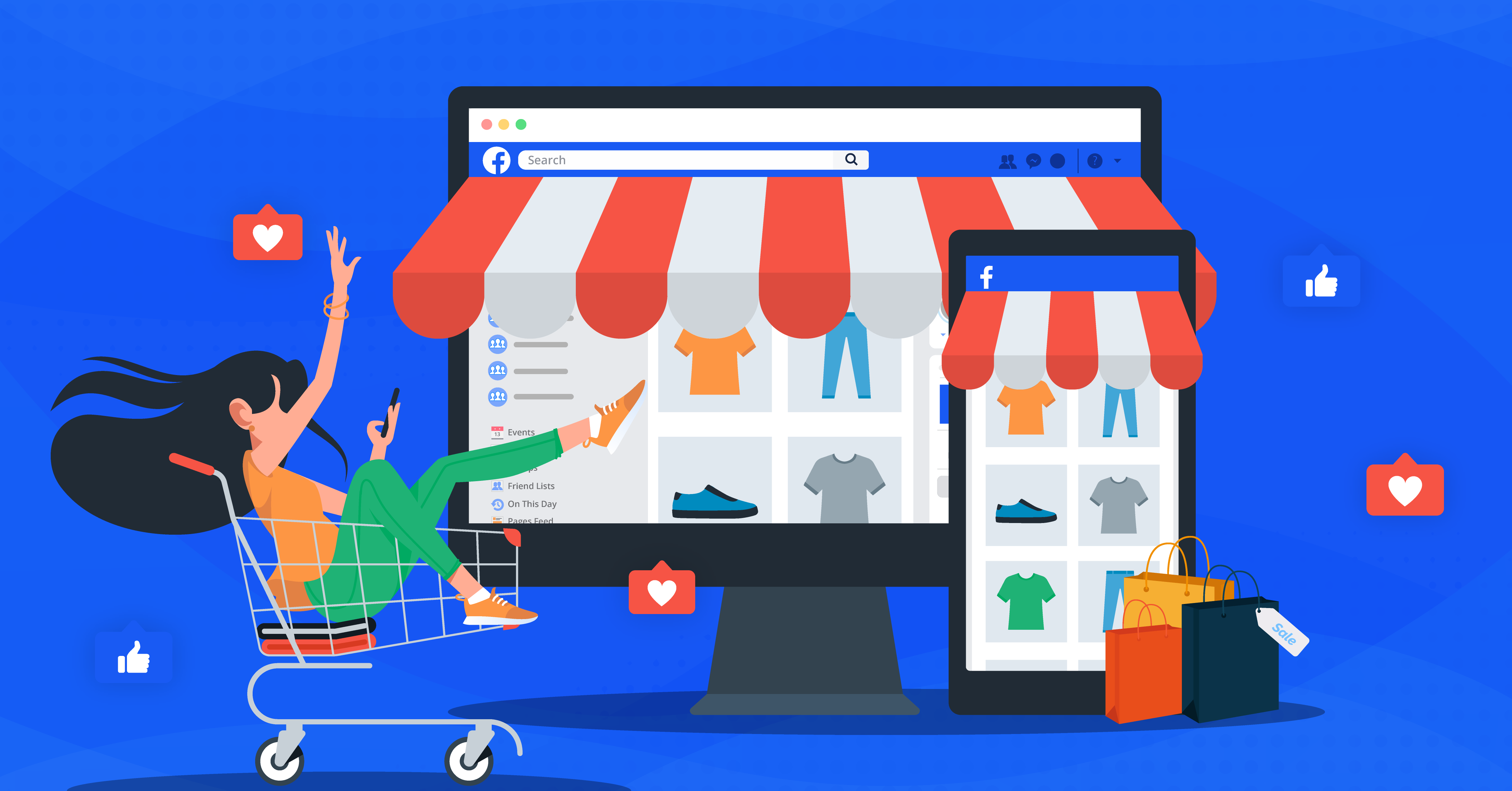
Running ads across Meta technologies is an effective strategy for reaching your audience. But how can you make sure your Meta ad campaigns perform at their maximum potential?
Understanding the ABCs of Meta advertising is the main factor in your marketing success.
In this guide, we’ll explore the main objectives of Meta ad campaigns, the structure of a Meta ad campaign, and how to create one through Meta Ads Manager.
We’ll also discuss how to get even more out of your campaigns through automation with third-party integrations, such as:
The main Meta ad campaign objectives
Don’t create your campaign just yet! First, let’s talk about the objectives of your Meta ad campaigns. Meta offers various objectives to help you reach any business goals you might have.
Meta ad objectives to focus on clear goals. These include:
- Brand awareness to increase recognition of your brand among potential customers.
- Traffic that help drive visitors to your website or app.
- Engagement to boost post engagements, page likes, or event responses.
- App installs that helps encourage users to download your app.
- Video views for promoting your video content and gaining more views.
- Lead generation to capture leads for your business.
- Messages to initiate conversations with potential customers via Messenger or WhatsApp.
- Conversions for driving specific actions on your website, such as purchases or sign-ups.
- Catalog sales objective to promote products from your online store catalog.
- Store traffic that helps increase visits to your physical store locations.
Keep in mind that your ad’s format must be aligned with the objective you choose. Additionally, the ad’s effectiveness can change based on current ad format trends.
What is the structure of a Meta ad campaign?
Do you know what goes into the anatomy of a Facebook ad? Understanding the structure of your Meta ad campaign helps you manage and optimize your campaigns while improving the overall performance.
A Meta ad campaign structure can be organized into three main groups:
- Campaign: This is the top level where you define your objective.
- Ad set: At this level, you set your budget, schedule, target audience, placements, and bidding strategy.
- Ad: Here, you create the actual ads that users will see, including text, images, videos, and call-to-action buttons.
Once you have these elements in order, you can create and publish your ad.
How to create a campaign in Meta Ads Manager
Creating a Meta ad campaign involves several steps. Before you start, make sure you have a dedicated Meta ad account for the business for which you want to run ads. If you don’t have an account, you’ll need to create one.
Now, all you have to do is follow this step-by-step guide to get started.
Step 1: Access Meta Ads Manager
Log in to your Facebook account and navigate to Meta Ads Manager.
Step 2: Start a new campaign
Click on the green Create button to start a new campaign. Here, you’ll need to choose an objective based on your goals and click Continue.

Step 3: Define your campaign settings
You can do this manually or using Meta’s new streamlined option.

The streamlined option uses your present settings to create a campaign in just a few clicks. You’ll still have the option to tweak some aspects of it.

If you choose the manual option, type in all the required info.
This includes naming, mentioning an ad special category (if necessary), providing your campaign details, and choosing whether to allow campaign budget optimization. This feature allows Meta to distribute your budget across ad sets to maximize results.
Unsure about how much you should spend on your Facebook ads? Learn everything you need to know here.

Step 4: Set up your Ad set
This includes adding the following:
1. Ad set name
2. Conversion location
Choose where to generate leads:
- Website: Through your website
- Instant Forms: By filling in a form
- Messenger: Starting chats in Messenger
- Instagram: Starting chats on Instagram
- Calls: Asking people to call your business
- App: Through your app

3. Connecting your Facebook Page
Select your Page.
4. Adding a performance goal
This includes mentioning the maximum number of leads and your cost-per-result goal which is optional. This will allow Meta to spend your budget to get the most leads.

5. Dynamic creative
Turning the toggle on allows the platform to generate optimized ad combinations for your audience.
6. Budget & schedule
First, you need to allocate the budget. Then, you’ll need to schedule budget increases in advance for peak periods.
7. Audience controls
Here, you can set criteria for ad delivery to target your audience based on demographics, interests, and behaviors. Using custom audiences lets you target specific groups like previous customers or website visitors.

8. Advantage+ Audience
Meta’s technology finds your audience. Remember that priority is given to suggested audiences.
9. Placements
Where do you want your ads to appear across Meta technologies? This is where you can specify that.

Step 5: Create your ad
- Format: Choose the ad format, such as single image, video, carousel, or slideshow.
- Media: Upload your images or videos.
- Text and links: Write engaging ad copy and include a call-to-action button that aligns with your objective.
Step 6: Review and publish
Review your campaign settings and ad creative. Normally, there’s a preview of the ad on the right side of the panel. Additionally, you now have the option of Advance Preview to see how your Meta ad campaign looks in different placements.

Once everything looks good, click the Publish button to launch your campaign.
Benefits of running Meta advertising campaigns
Creating a more personalized, engaging experience keeps people coming back. Here are the top advantages that come with running Meta advertising campaigns.
Helps reconnect with interested audiences
Retargeting helps you reach people who already know about your business. This includes those who’ve visited your website, app, or Facebook Page. You can remind them about what they loved or bring them back to check out new offerings.
Enables running personalized ads for every customer
With dynamic ads, each person sees ads for products they’re interested in based on what they’ve browsed or added to their cart. This makes your ads more relevant, increasing the chances they’ll make a purchase.
Keep your customers engaged and loyal
Retargeting can help keep your best customers coming back. By showing them your latest products or exclusive offers, you can build stronger relationships and brand loyalty over time.
Helps track and measure your campaign’s engagement rates
Retargeting campaigns provide data on how people engage with your ads. With tools like the Meta Pixel, you can track actions people take on your website or app and use this data to improve future ads. You can even become more granular about your lead data management with features like the Conversions API.
Allows you to choose the best ad types
Meta offers a range of ad formats specifically designed for retargeting. Dynamic ads display relevant products, while sponsored messages in Messenger let you reconnect with past customers with personalized messages.
Which campaign is the best for retargeting on Meta ads?
A good retargeting campaign allows you to create a personalized strategy that keeps your brand top of mind. It’s all about re-engaging with the right people in the right way at just the right time. Here are the top three answers if you are wondering which campaign is the best for retargeting on Meta ads.
Running dynamic ads to show people what they love
These ads automatically show people the exact items they’ve looked at on your site or app. So, if someone added a pair of shoes to their cart but didn’t buy, a dynamic ad might show them those shoes again. These users may even see ads with similar products they might like.
Are dynamic ads for you? These ads make it easy to grab people’s attention with items they are already interested in. So, if you have a segment of these users and want to nudge them to come back and finish their purchase, these ads are perfect for you.
Creating custom audiences with website visitors (using Meta Pixel)
Focusing on bringing back visitors who browsed but didn’t buy can be rewarding when running ads. With the Meta Pixel (a tiny bit of code on your website), you can track what people do when they visit. Then, you can create a custom audience out of this data to retarget people based on specific actions, like starting (but not finishing) a purchase.
Automated data bridges make a difference in your ad performance as well. By connecting your CRM or email list to Meta, you can automatically sync your customer data with custom audiences.
This makes it easy to retarget specific groups without having to update things manually. What’s more, as your customer data changes, custom audiences stay up-to-date, so you’re always showing relevant ads to the right people, and potentially bringing in more conversions.
Sending sponsored Messages
Sponsored messages let you reach out to people who’ve already messaged your business on Messenger. This is great if you haven’t talked to them in a while. You can pop back in with a special offer, a new product, or just a friendly “Hey, we miss you!”
These messages feel more personal and direct. When people see something tailored just for them in Messenger, it’s more like a one-on-one conversation than a regular ad. It’s an easy way to stay on their radar and bring them back to your brand.
How to optimize Meta ad campaigns through automation
On the platform, Meta ads automation uses machine learning to simplify ad management. Tools like Advantage and Advantage+ automatically optimize budgets, placements, and creatives. This can significantly improve your targeting and ad performance, leading to better results.
Another aspect of automation is ad optimization. Managing your lead data the right way is key to maximizing the performance of your Meta ad campaigns.
You can do this by creating an interconnected data ecosystem. Integrating you data technology stack is about creating automated data bridges that manage your data transactions to and from apps and platforms efficiently. These integrations also help:
- Your team to access data as it comes in
- Create always up-to-date CRM segments
- Build streamlined workflows such as automated nurturing campaigns
- Seamlessly transfer data to and from Meta
- Put together highly-targeted ad campaigns using 360-degree data visibility
- Improve conversion rates through email marketing and timely follow ups and more.
Learn more about how to follow up with your Facebook leads here.
Advantages of using LeadsBridge
Want to optimize your Meta ad campaigns with more precision? By creating automated data connections, you can save time and avoid constantly switching between different systems. As a Meta Business Partner, LeadsBridge can help streamline and enhance all these efforts.
It helps you integrate your Meta ads with various marketing and sales tools. Here’s how LeadsBridge can transform your Meta ad management:
Lead ads integrations
These integrations let you automatically sync data from lead ads to your CRM, email marketing software, or any other marketing tool.
In addition to being able to follow your leads as they come in, you can score them according to where they are in their journey as buyers. You can try most of LeadsBridge’s specialized integrations for Facebook and Instagram lead ads for free.
Audience targeting integrations
With an interconnected data ecosystem, you can access all your lead audience information. Moreover, syncing your CRM segments with Meta allows you to create custom audiences that are specific to your business. This data gives you in-depth visibility that also helps you create better-targeted ads and communication.
Using the right integrations such as Conversion leads performance goal, you can make sure your ads reach the right users. In addition, you can nurture them with follow-up campaigns at the right time.
Conversions API integrations
Connecting the Conversions API integration with your data management system adds great value to your marketing efforts. It sends data back to Meta about which leads have converted based on your CRM’s most recent info.
This connection helps Meta optimize your campaigns for better performance. It also enables you to track user interactions on your website directly from your server to Meta (aka, cookieless tracking).
This means a clearer picture of your audience’s behavior and a more accurate measure of your campaigns’ success.
Takeaways
Meta offers elaborate advertising tools. However, creating effective Meta ad campaigns requires first covering a few basics. These include a thorough understanding of your objectives, how to structure your campaigns correctly, and using the right optimization tools.
By following this guide, you’ll be well-equipped to set up and run successful Meta ads that drive results for your business.



























